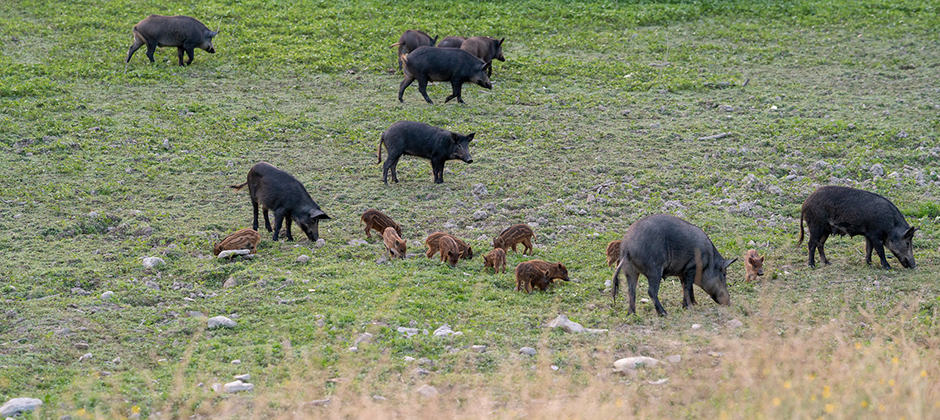Share this article
Americans are open — cautiously — to gene drives
When the Florida Keys Mosquito Control District proposed combating Zika virus by releasing genetically engineered mosquitos, voters in the affected suburb balked. Researchers recently honed in on public attitudes about the new technology used to conserve species, eradicate pests and control diseases, finding that control was key for them supporting its use.
“A lot of this technology is really interesting, because we’re going to see in the next couple of years how much potential these technologies live up to,” said Zack Brown, an economist at North Carolina State University. “I think we’ll see more and more about whether they actually work.”
Brown was part of a team of biologists and social scientists who looked at public attitudes toward gene drives — a technique proposed to control populations by introducing genetic characteristics, such as promoting infertility among invasive rodents.
In a study published in Science Advances looking at public attitudes toward the use of gene drives for agriculture, the researchers found most respondents — 85%— had never heard of gene drives. After learning about them, their support hinged on whether the gene drive could be controlled, if it affected native or nonnative species and if the drive was meant to suppress the target species or replace it altogether.
“It’s not particularly surprising that the public cares most about controllability,” Brown said, because that’s an issue that has also preoccupied scientists proposing gene drives.
“There’s a little bit of a contradiction there,” he said, “because you’re designing a technology that’s intended to spread, and yet you’re also wanting to be able to control that spread.”
Gene drives using cutting-edge CRISPR technology are being considered for a range of wildlife purposes, including eradicating invasive rats from island ecosystems and protecting Hawaiian honeycreepers from avian malaria.
A study published in March in Conservation Biology found that survey respondents believed the risks of gene editing wildlife outweighed the benefits. Over 70% said the techniques could be “easily used for the wrong purposes.”
The technology has also been considered for agriculture, including pest management. Curious about public attitudes toward gene drives in an agricultural setting, Brown’s team surveyed the attitudes of 1,018 people, but only after informing them about potential risks and benefits and sharing two possible applications.
They found that most Americans would support gene drives targeting nonnative species,
particularly if conventional options were limited. Even about half of consumers of non-GMO food were open to gene drives to handle nonnative species, they found, but respondents’ support depended on the ability to keep the gene drives from spreading.
Respondents thought “yeah, that sounds like a good idea,” Brown said, “but let’s make sure it’s controllable, and let’s understand what the risks are.”
Header Image: Genetic technologies like gene drives are being considered to reduce wild pig (Sus scrofa) populations. ©benmacaskill








